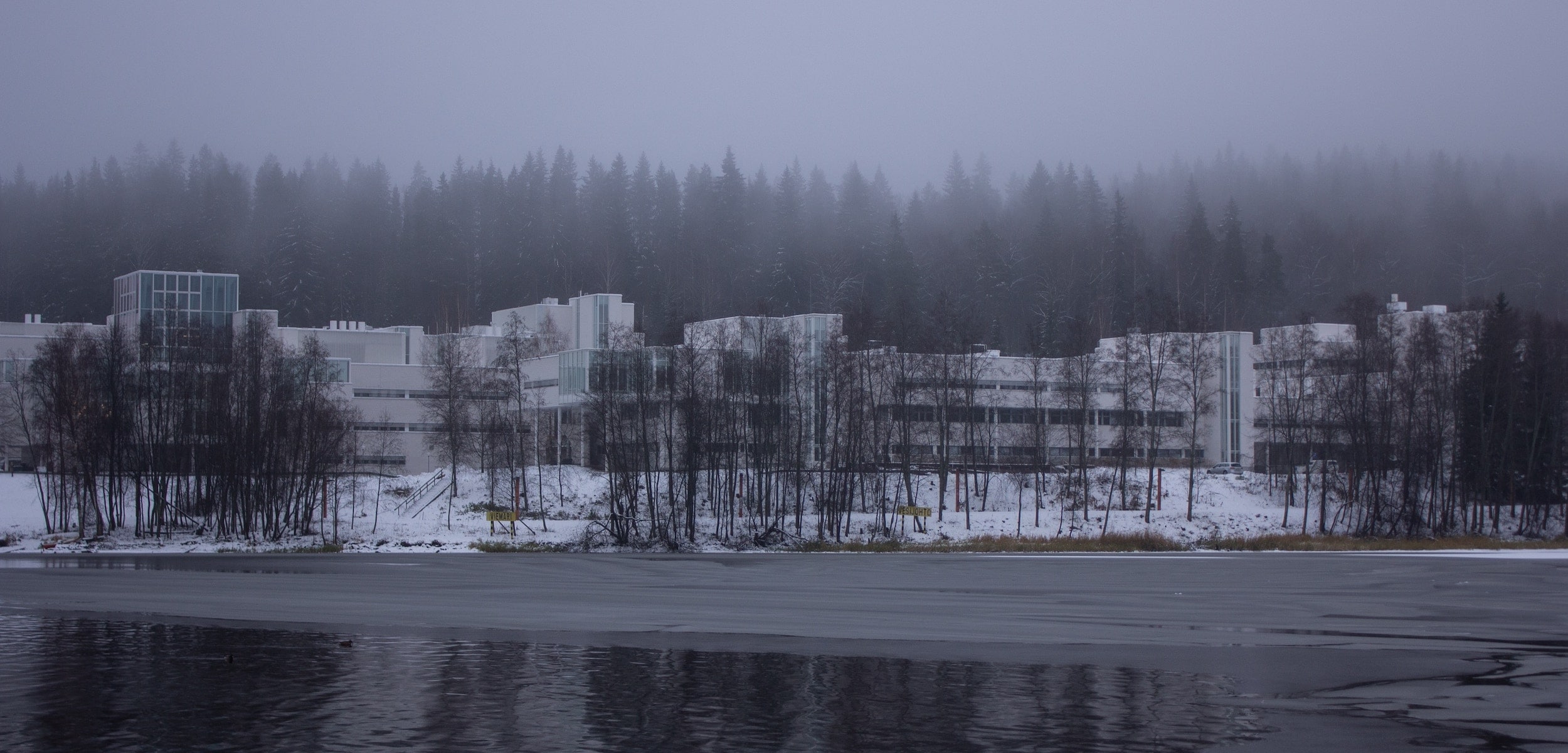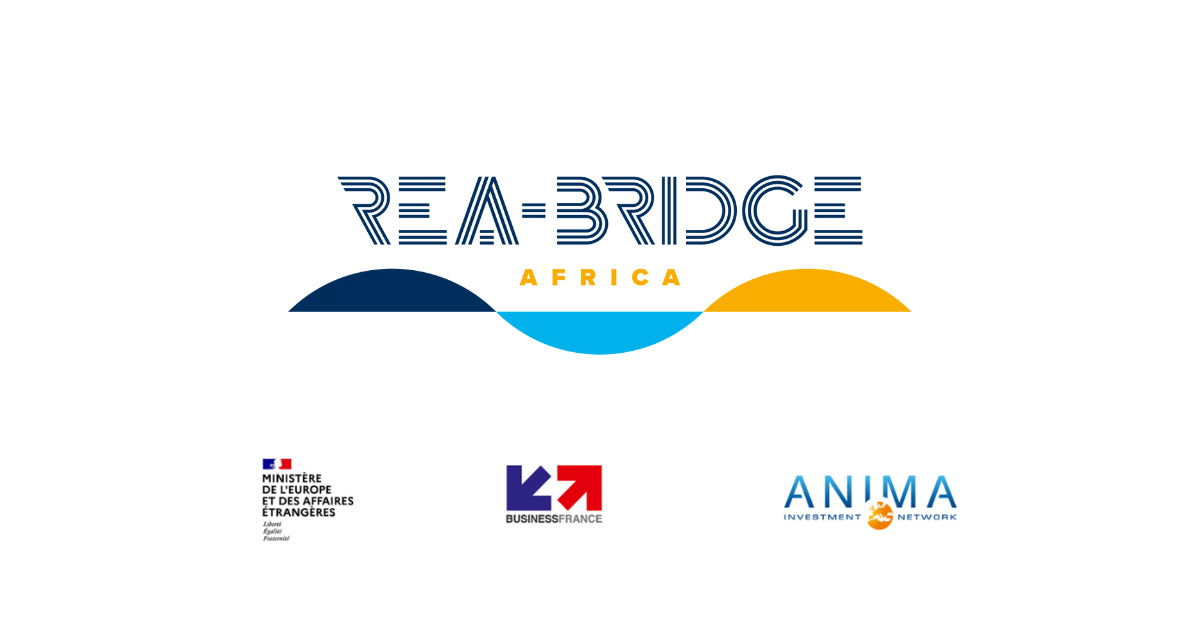There is a growing perception in Finland that the country is losing ground, in international terms, when it comes to its knowledgeproducing capacity. The Finnish Ministry of Education and Culture commissioned Technopolis Group to study the functioning of the country’s higher education and research system, looking at its current performance and international standing, its readiness for the future, and identifying areas for improvement.
Finland’s dual system – based on the distinction between universities and ‘universities of applied sciences’ (UASs) – creates a ‘dual divide’ that has to be overcome. It is not a matter of creating a single type of university in the name of collaboration so that all look the same. Universities should continue to establish their own identities and profiles but they also need to develop their external collaboration in order to benefit from the knowledge and inspiration of others.
Parallel worlds
The dual system has created a situation where universities and UASs exist side by side in the same city but cooperate little, if at all. This negative university topology seems to be the result of the dual system. The lack of cooperation causes a number of issues including a fragmented use of infrastructure and research, lack of mobility between the two types of institutions and confusion on the labour market. Our study showed that cooperation between universities and UASs should increase in volume and be intensified in character.
The Finnish university landscape is characterised by one very dominant university, a small handful of relatively comprehensive but smaller universities, a handful of even smaller universities, and the 24 UASs of different sizes and profiles. Measured against comparable countries, the number of universities in Finland is rather high in relation to the size of the population. Most towns of some size have a UAS, and the slightly larger cities often have a university (or two) plus a UAS. The Helsinki metropolitan area contains a number of universities and UASs.
Where there is an opportunity for mergers, there is no reason why they should not take place between two or more UASs, two or more universities, or between UASs and universities to bring the two parts of the system together. In the other Nordic neighbour countries, there have been several mergers, mostly in Norway and Denmark, and sometimes between universities and other types of smaller units — typically colleges in Norway and institutes in Denmark. These mergers have led to a more concentrated university system and larger and indeed stronger universities in those countries.
Worlds apart?
The dual divide is also a problem when it comes to student transfer between universities and UASs. It is possible to transfer, but it is difficult and time-consuming. Young people who feel that they have made the wrong choice must be able to switch tracks without unreasonable efforts; transfers between universities and UASs should be made easier.
During the study, we observed almost complete agreement when it comes to the perceived need for change and renewal. In this respect, we have met an unusually united academic community. There is a strong awareness throughout the Finnish system that further reforms are necessary and there is broad agreement that such reforms should target, among other things, the above-mentioned problems related to the dual system. If the Finnish ministry and the government are in search of a mandate from the academic community to launch reforms, they have got it!




